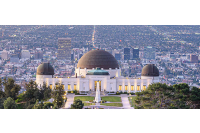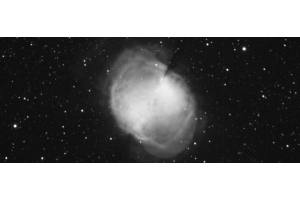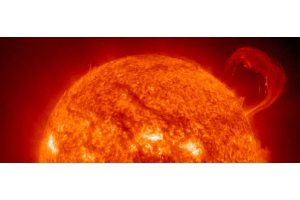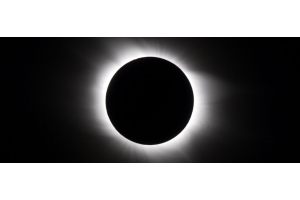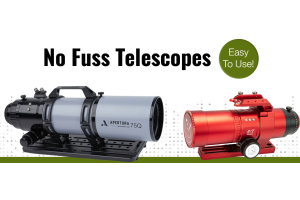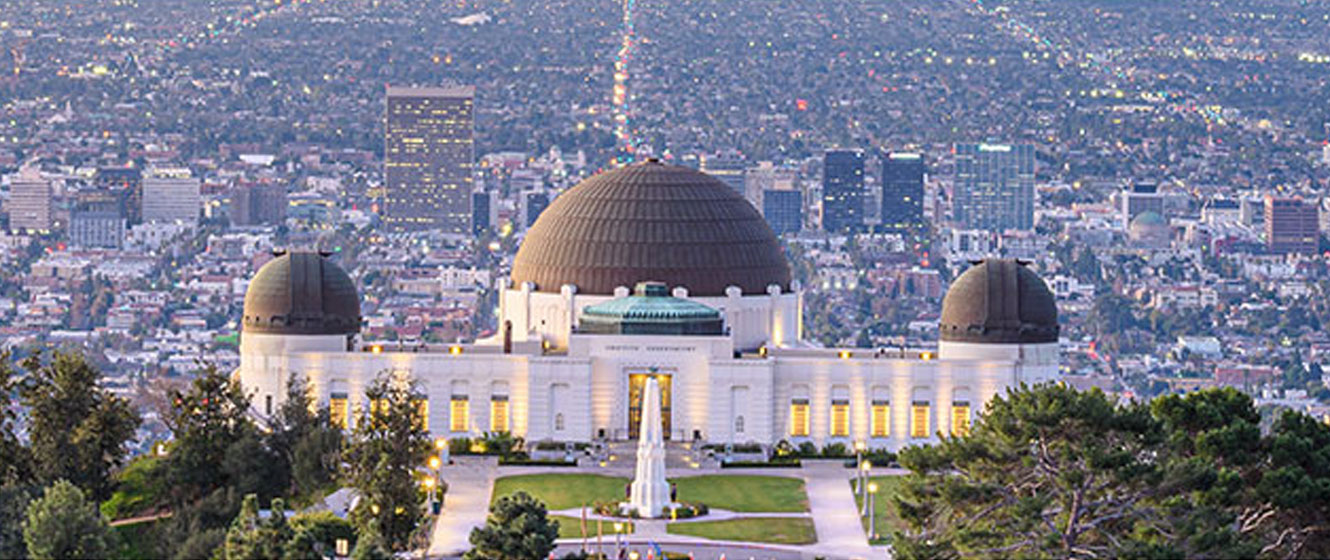
Observatories are home to some of the biggest and most impressive telescopes in the world. As many amateur astronomers know, there are many ways to experience the night sky beyond looking through a telescope in your own backyard. California has an impressive number of observatories that offer a wide variety of star parties, tours and observatory programs that will expand your knowledge of astronomy as well as your love of the night sky, whether you are new to astronomy or have been in the hobby for years.
For your convenience, we have compiled an alphabetical list of observatories in California that offer programs for the public.
Disclaimer: This information was collected from the observatories’ websites in December 2018. Some information may be subject to change if the websites are updated. If interested in visiting one of the listed observatories, please contact the observatory for the latest information prior to your visit.
Big Bear Solar Observatory
Located in the mountains of Big Bear, California, the Big Bear Solar Observatory, owned by the New Jersey Institute of Technology since 1997, is currently home to the highest resolution solar telescope in the world! This smaller observatory embraces the field of solar astronomy and invites visitors from all over the world to tour the observatory.
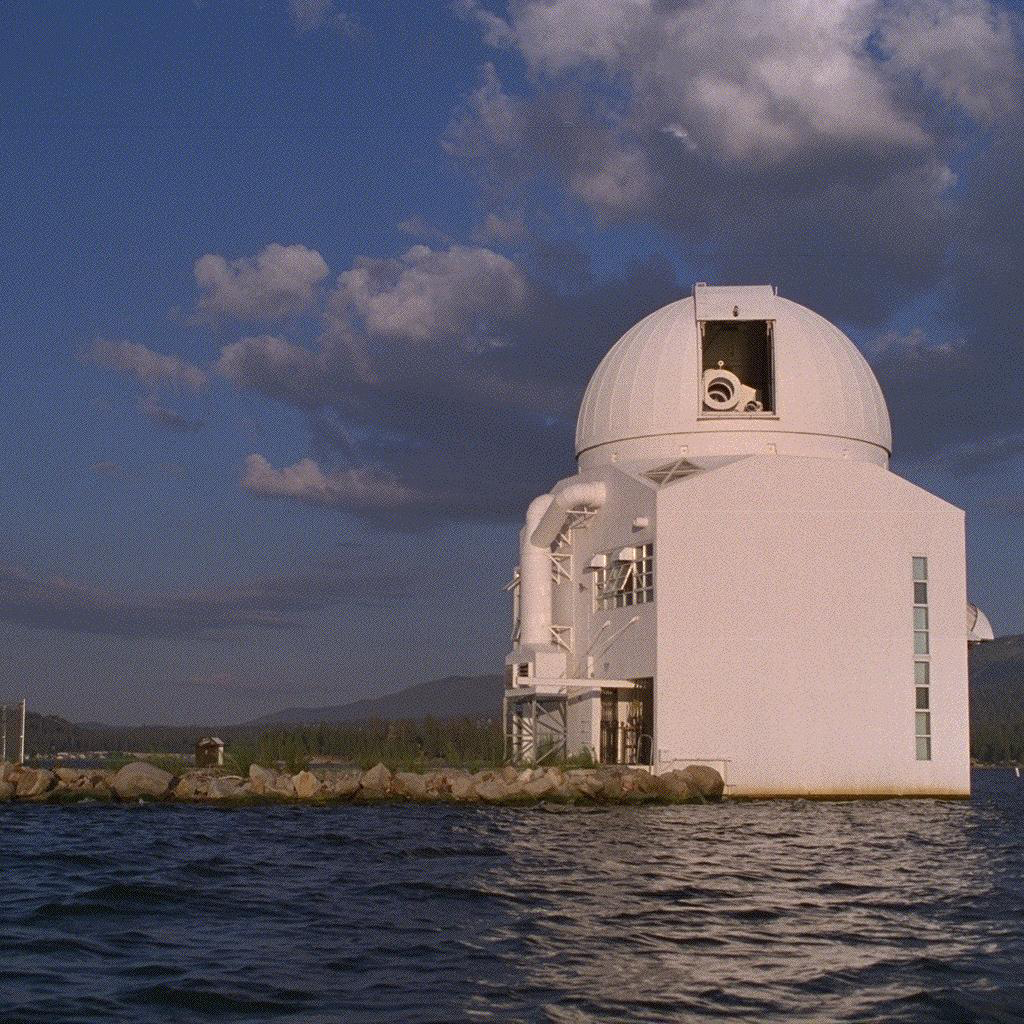
Image Credit: Big Bear Solar Observatory
Visiting
The Big Bear Solar Observatory offers public tours in a limited capacity. The tour schedules for summer are the second and fourth Thursdays of June, July, and August, from 1 pm to 2 pm. The Fall, Winter, and Spring tours are the second Thursday of the month from 1 pm to 2 pm.
These tours are free but must be reserved ahead of time by accessing an online form or contacting the observatory’s main office.
Cameron Park Community Observatory
Also known as the Community Observatory, the Cameron Park Observatory opened in 2006, and in 2011, the Rotary Club of Cameron Park built the G. Arthur Cort Sky Theater that allows visitors to sit outside and see the constellations or take a sky tour. The observatory is located in Placerville, California.
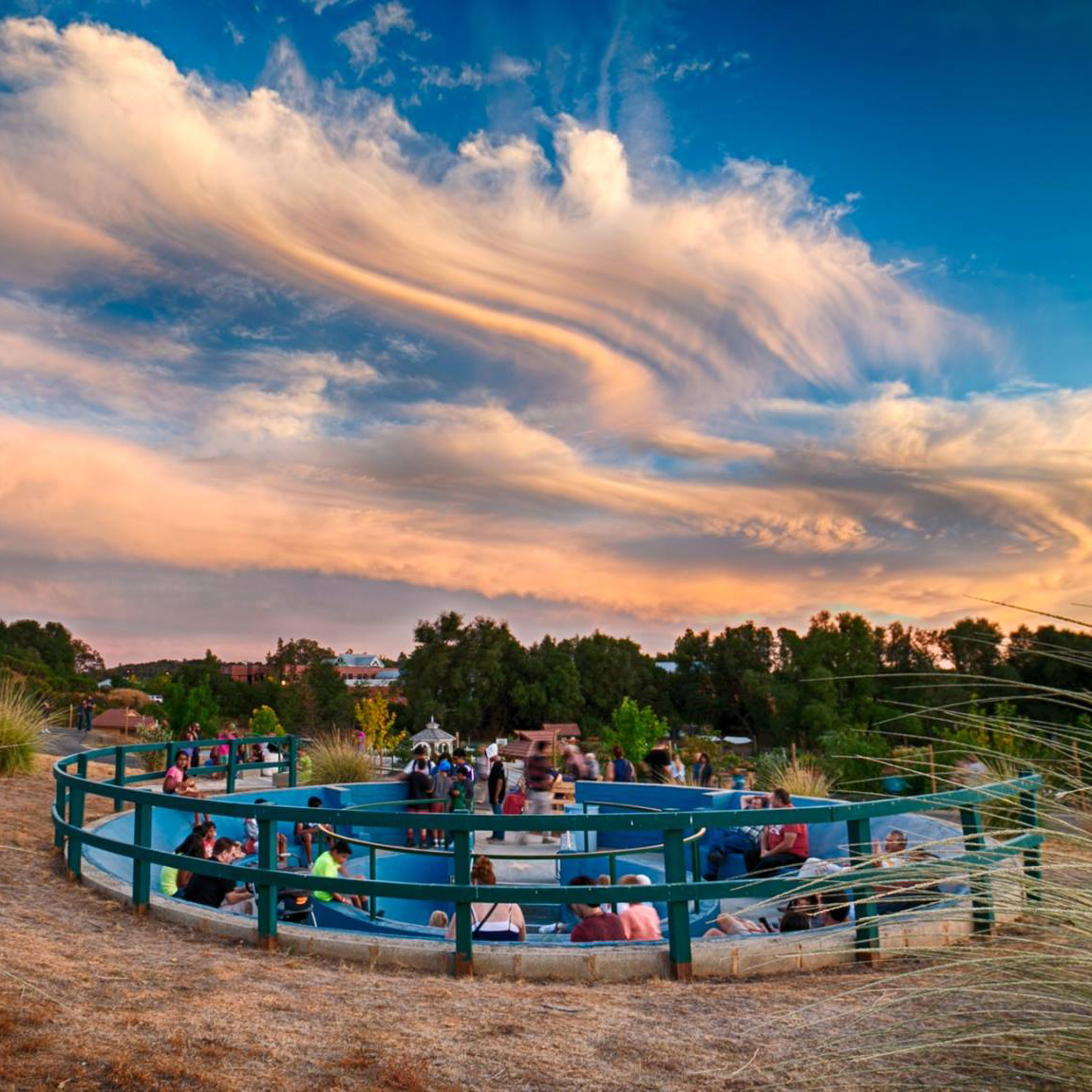
Image Credit: Cameron Park Community Observatory
Visiting
With free admission, the Cameron Park Observatory is open Friday, Saturday, and Sunday nights (excluding holidays) from 7:30 pm to 9:30 pm. During daylight savings, it is open 8:30pm-10:30 pm. Not only does this observatory offer nighttime viewing, but it also offers safe solar viewing on the first Saturday of every month from 10 am to noon.
Chabot Space & Science Center
The Chabot Space and Science Center is a non-profit institution and community resource located in Oakland, California. They have a 241-seat full dome planetarium, interactive exhibits, space artifacts, a giant screen theatre, the Challenger Learning Center, and research-level telescopes regularly available to the public.
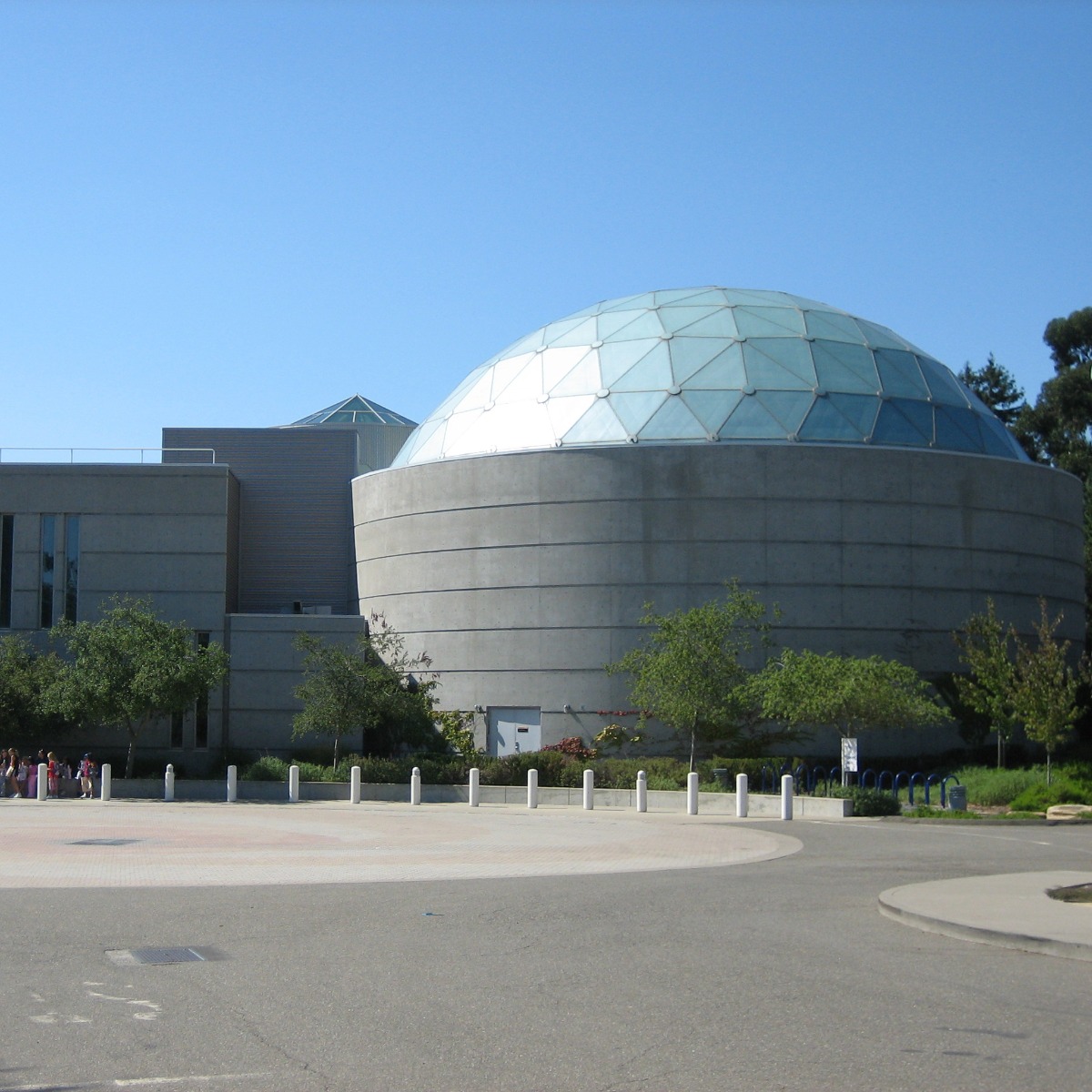
Image Credit: Daniel Olsen
Telescopes
The telescopes at the Chabot Space & Science Center include an 8” and 20” refracting telescope and a 36” reflecting telescope.
Visiting
The Chabot Space & Science Center hours are Wednesday through Sunday from 10 am through 5 pm. It is closed Monday and Tuesday. The center is also open Friday and Saturday evenings for those who wish to attend telescope viewings. General admission includes all of the planetarium shows.
Chico Community Observatory
The Chico Community Observatory, built in 2001, is located in Chico, California. The first telescope at the observatory was a 10” refracting telescope built by amateur astronomer Jim Schwartz. Though it is no longer in use at the observatory, this telescope started the observatory on a mission to provide access to the night sky for the enjoyment of the community youth and the rest of the observatory’s visitors.
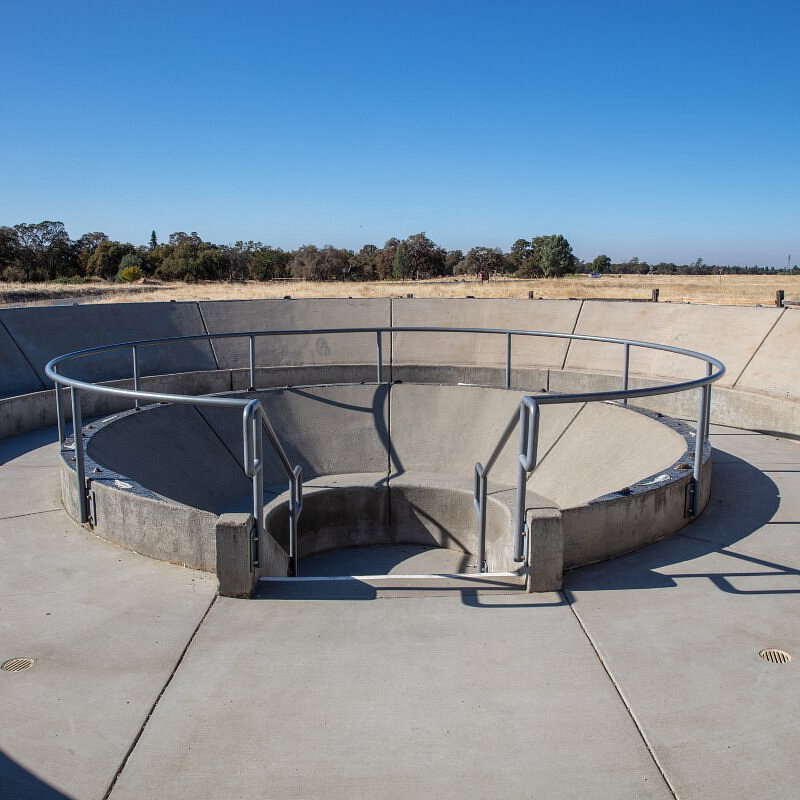
Image Credit: Explore Butte County / Trip Advisor
Telescopes
The observatory uses two 14” Celestron Schmidt-Cassegrain telescopes. They both include a “Go To” system, which helps viewers find and track the objects they would like to see. The observatory also has a solar telescope mounted onto one of the 14” Celestron telescopes.
Visiting
If you want to visit this observatory, it's open Friday through Sunday from 8 pm to 11 pm. Viewers can look through the solar telescope to see solar flares and sunspots every Sunday from 11 am to 1 pm.
Foothill College Observatory
Located in Los Altos Hills, California, this observatory is part of the Astronomy Program at Foothill College. Through its community partnership with the Peninsula Astronomical Society, the Foothill College Observatory is able to offer free programming to visitors of all ages.
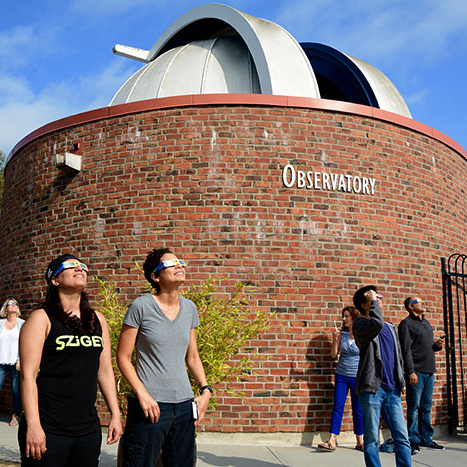
Image Credit: Foothill College
Telescopes
This observatory houses a 16” computer-controlled Schmidt-Cassegrain reflector and a hydrogen-alpha solar telescope.
Visiting
Keeping in mind that the observatory is closed when it is cloudy, the program schedule is as follows: Friday Evening Public Viewing from 9 pm to 11 pm, Saturday Solar Viewing from 10 am to noon, and Special Public Viewings of Astronomical Events.
Fremont Peak Observatory
Opened in 1986, the Fremont Peak Observatory Association (FPOA) is an all-volunteer, non-profit organization located in San Juan Bautista, California. Each year, over 2,000 public visitors are able to see a presentation by an astronomer on Saturday evenings.
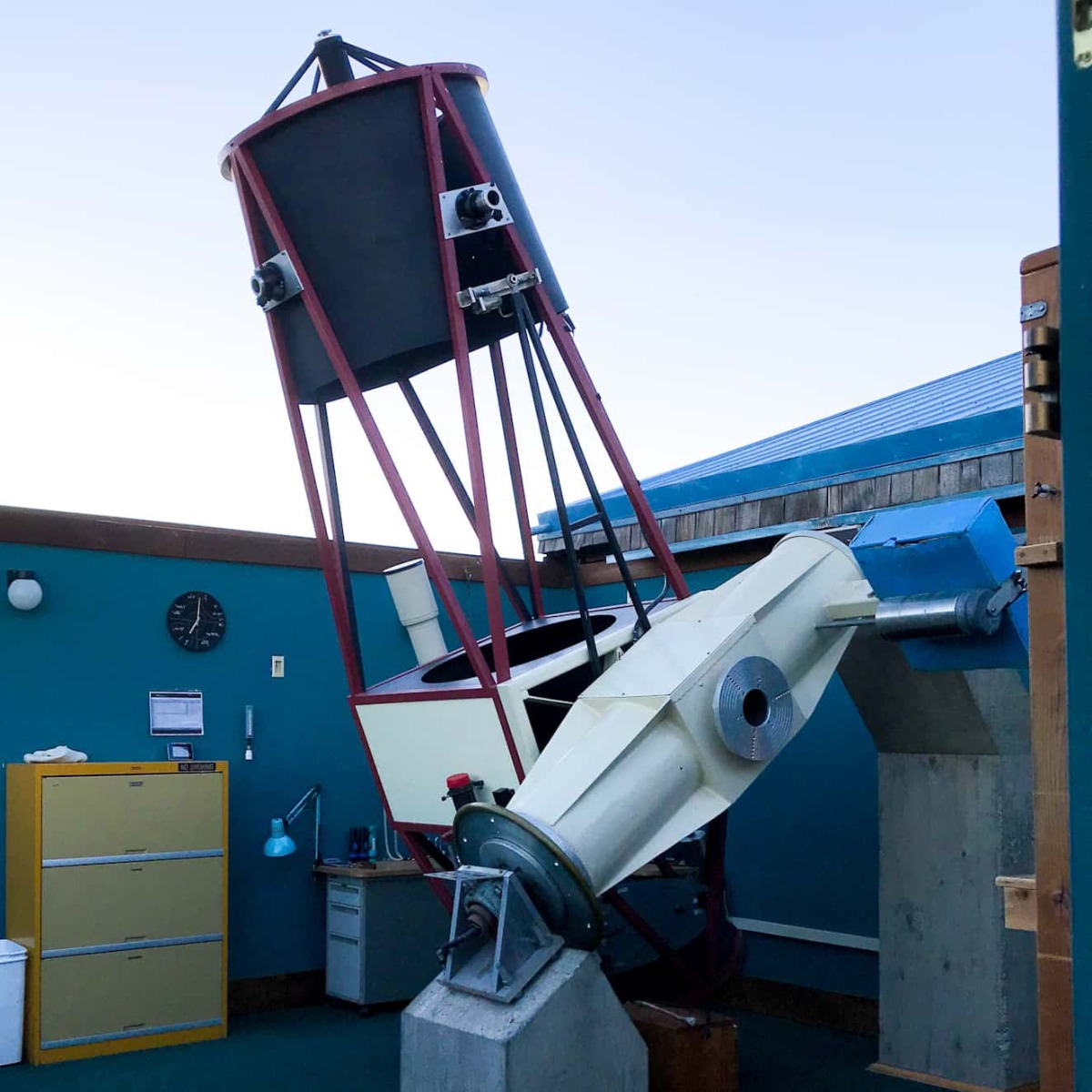
Image Credit: Fremont Park Observatory Association
Telescopes
The FPOA offers visitors a chance to peer through the eyepiece of their 30” Challenger Telescope and other assorted and sophisticated amateur telescopes. Please note that Public Programming is dependent on weather. The programs offered are scheduled on a seasonal basis. View the FPOA Scheduled programs for more information.
Visiting
Most evening programs consist of looking through the provided telescopes to see the Moon, the planets in our solar system, nebulae, star clusters, stars, constellations, the Milky Way, the occasional shooting star, satellite, asteroid, or comet, and galaxies.
During the solar programs, visitors can see the visible surface of the Sun through a specialized telescope. This will provide views of the texture of the Sun’s surface, solar prominences, and possible sunspots.
Goldstone Deep Space Communications Complex
Also known as the Goldstone Observatory, the Goldstone Deep Space Communications Complex is located in the Mojave Desert near the ghost mining town of Goldstone, California. It was the first site chosen by NASA for a Deep Space Station and is part of NASA’s Deep Space Network. Construction began in 1958 and began operations by tracking the Pioneer probes to the moon. In 1981, the observatory was declared a National Historic Monument.
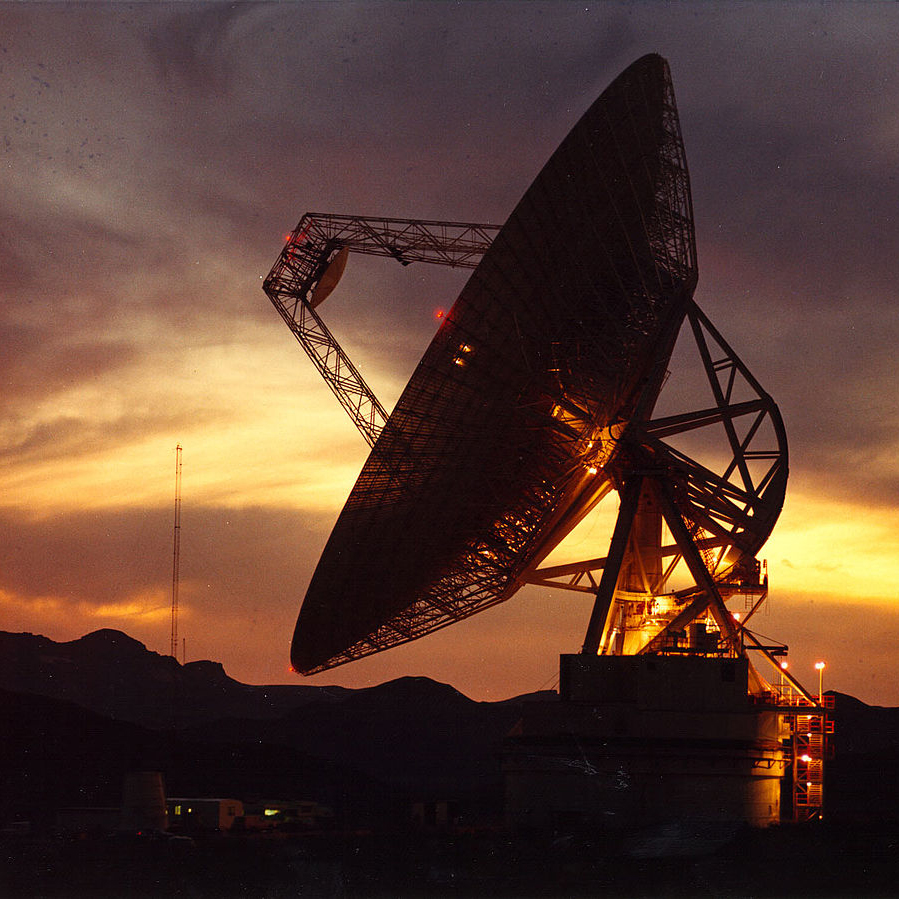
Image Credit: NASA
Telescopes
Working 24 hours a day, the antennas at the Goldstone Observatory bring in data from missions to planets and missions as far away as the edge of our solar system. The antennas are as follows: the DSS-11 Pioneer, the DSS-13 Venus, the DSS-27 Gemini, the DSS-28 (GAVRT), the DSS-14 Mars, the DSS-24, 25, 26, the BWG Cluster, the DSS-15 Uranus, and the DSS-12 Echo.
Visiting
The NASA Goldstone Visitor Center, also called The Goldstone Outreach Program, is located in Barstow, California at the Historic Harvey House. Public tours of the complex are not currently available, but school and public groups are encouraged to schedule a time to take a trip to the Visitor Center.
Griffith Observatory
The Griffith Observatory, a national leader in astronomy and the most visited public observatory in the world, is located on the southern slope of Mount Hollywood near Los Angeles, California. Griffith J. Griffith gave funds for the observatory and specified its purpose, features, and location in his 1919 will. The construction was completed in 1935, and the Observatory was given to the City of Los Angeles with the provision that it be open to the public with no admission fee.
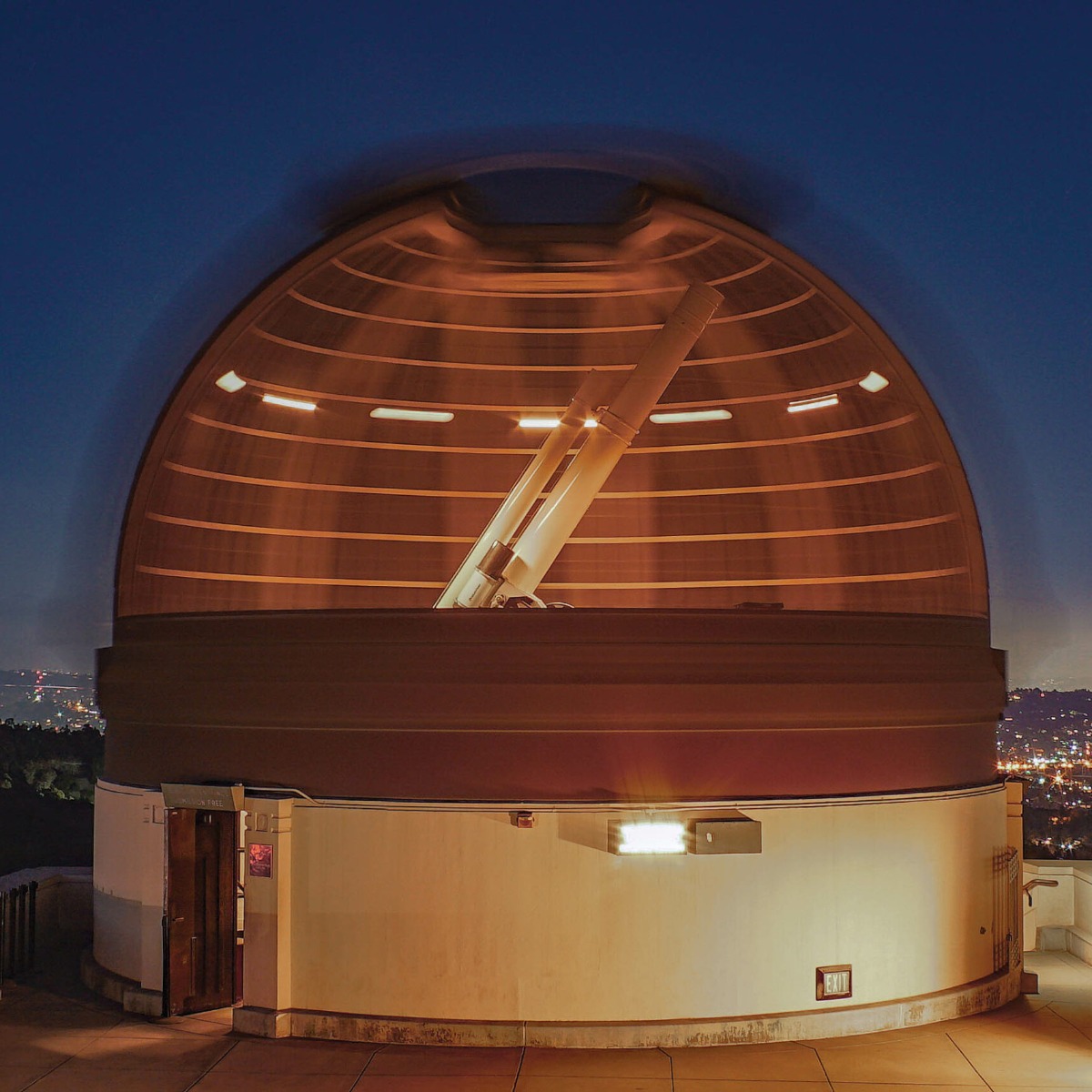
Image Credit: Griffith Observatory
Telescopes
The observatory is home to a Zeiss 12” refracting telescope, three solar telescopes, a historic coelostat, and portable telescopes on the lawn. The Zeiss telescope has been looked through by more people than any other telescope in human history!
Visiting
Admission to Giffith Observatory, including the building and grounds, is free, and it is open Tuesday through Friday from noon to 10 pm, Saturday to Sunday from 10 am to 10 pm, and is closed Monday. Hours for guided telescope viewings end at 9:45 pm. The observatory also holds free public star parties monthly from 2 pm to 9:45 pm.
The Griffith Observatory programs are as follows: In the Samuel Oschin Planetarium there are shows called “Centered in the Universe,” “Water is Life,” and “Light of the Valkyries.” In the Leonard Nimoy Event Horizon building, there is the All Space Considered and Let’s Make a Comet shows. Other programs consist of The Gottlieb Transit Corridor Local Noon Talk, a Tesla Coil Demonstration, The Big Picture, Public Telescope Viewings, Star Parties, and Sunset Walk & Talk Events.
Hat Creek Radio Observatory
The Hat Creek Radio Observatory, located in Hat Creek, California, is radio astronomy, satellite tracking, and research services facility. The observatory was founded by the University of California in the late 1950s. It is available for use by members of the research community.
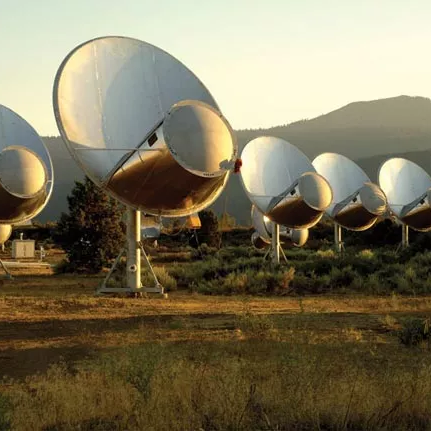
Image Credit: SETI Institute
Telescopes
The radio telescopes at the Hat Creek Radio Observatory consist of the Allen Telescope Array (ATA).
Visiting
The observatory is open for those who wish to visit and conduct self-guided tours. Guided tours, if desired, required reservations in advance. The lab hours are Monday through Friday, from 9 am to 3 pm. The lab may be closed on an occasional Friday, so it is requested that visitors who wish to self-tour the lab on Fridays contact the office in advance. Learn more about admission to Hat Creek Radio Observatory.
Leuschner Observatory
Originally called the Students’ Observatory, the Leuschner Observatory was named after the first director of Berkeley’s Astronomical Department, Armin Leuschner. The building, which used to be located on the Berkeley campus, was moved to the Russell Reservation in 1965.
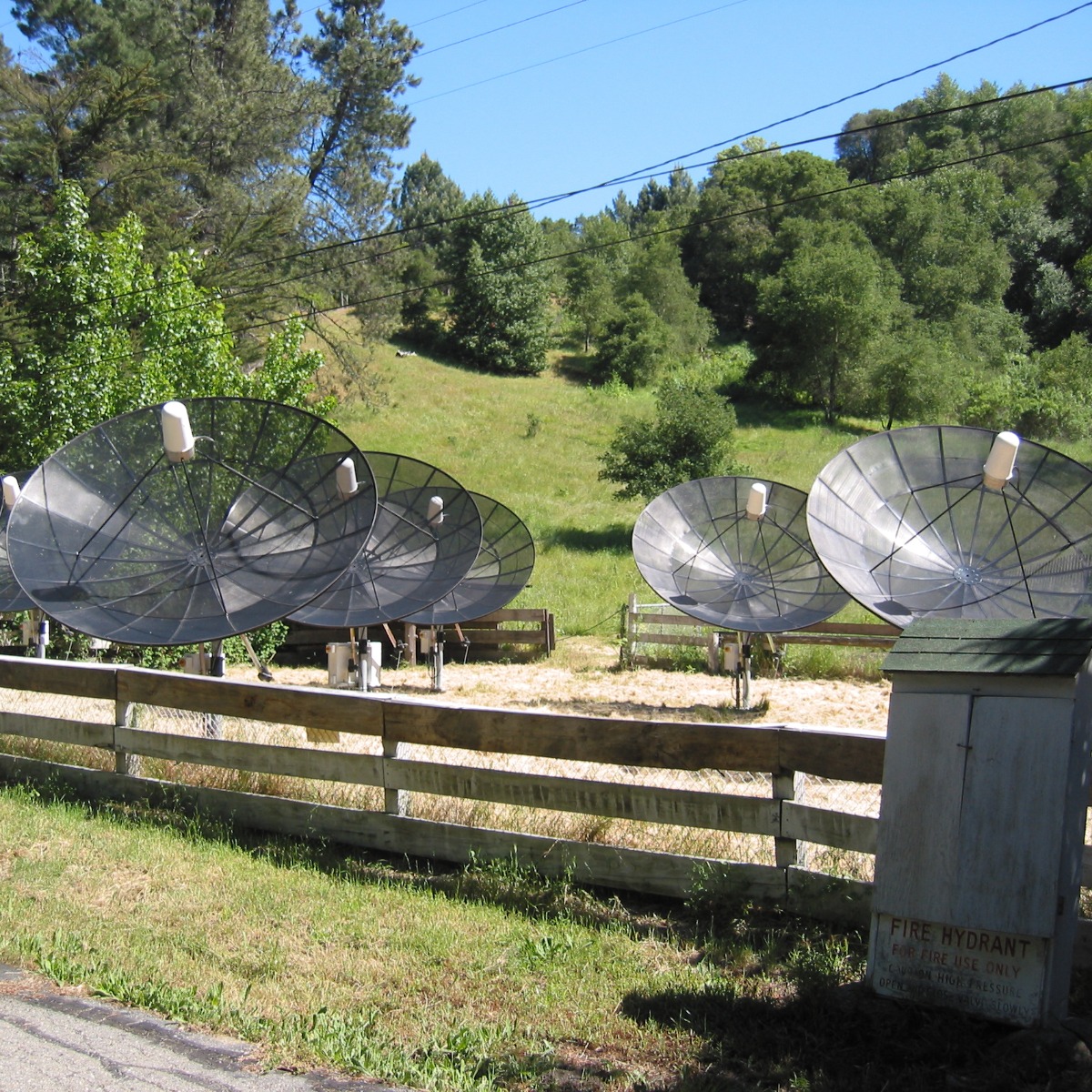
Image Credit: Andrew Howard
Telescopes
The Leuschner Observatory is home to a 30” telescope manufactured by Tinsley Laboratories in 1968. Tinsley Laboratories also made correcting optics for the Hubble Space Telescope. The observatory also has a radio dish built in the Spring of 2000 for radio astronomical observations and SETI (Search for Extraterrestrial Intelligence).
Lick Observatory
Located on the summit of Mount Hamilton, California, this observatory was founded by James Lick and is now operated by the University of California. Lick dreamed of building a “telescope superior to and more powerful than any telescope yet made.” Because of this, the Great Refractor, the largest refracting telescope in the world at the time, was completed in 1888.
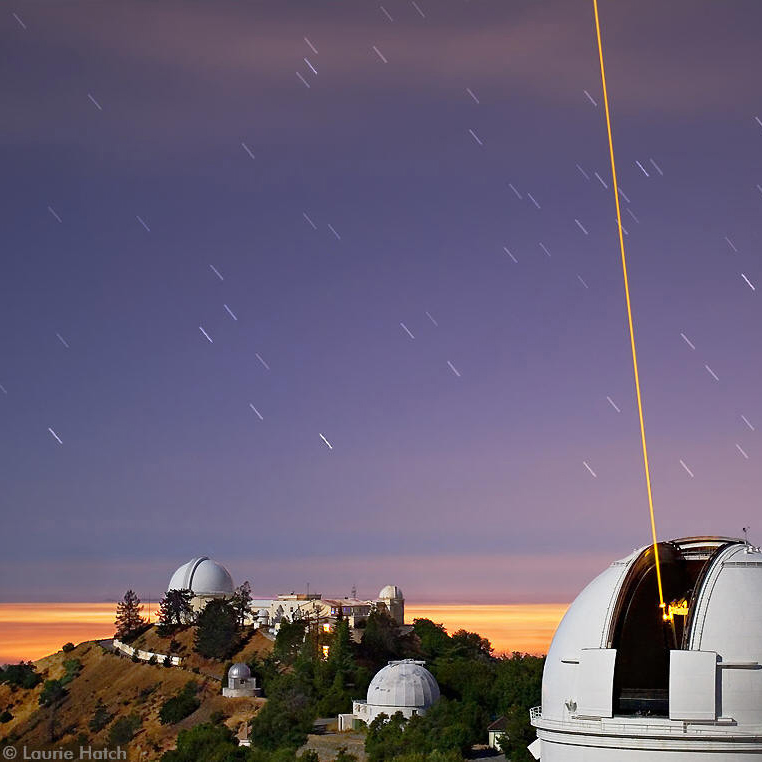
Image Credit: Laurie Hatch
Telescopes
Some of the telescopes located at the Lick Observatory are The Great Refractor, a Crossley telescope, a Katzman Automatic Imaging Telescope, a 120” Shane Reflector, and their newest telescope, the Automated Planet Finder.
Visiting
The gift shop and Lick Observatory Visitor Center is open all year and admission is free. It is open Thursday through Sunday from 12pm-5pm and closed Monday through Wednesday. Free talks are offered inside the dome of the 36” Great Refractor at different times throughout the day.
Visitors can purchase a ticket to the Summer Series, from June through September. This event gives visitors a chance to visit the observatory at night.
MIRA Oliver Observing Station
Sitting atop the 5,000 foot Chews Ridge in Carmel Valley, California, the Oliver Observing Station was founded by the Monterey Institute for Research in Astronomy. The location offers great conditions for optical astronomy, with the best sights in the Summer and Fall. With the opportunity to create a student-led observatory, MIRA established the Bette M. and William R. Weaver Student Observatory.
Telescopes
The observing station hosts a 36” reflecting telescope. Public tours are hosted once a month in the summer.
MIRA Weaver Student Observatory
Founded in 1972, the Monterey Institute for Research in Astronomy (MIRA) is a non-profit observatory dedicated to astronomical research and education. The MIRA Weaver Student Observatory is located in Marina, California, and was opened in 1998. It is used for visits by students, public star parties and amateur observing.
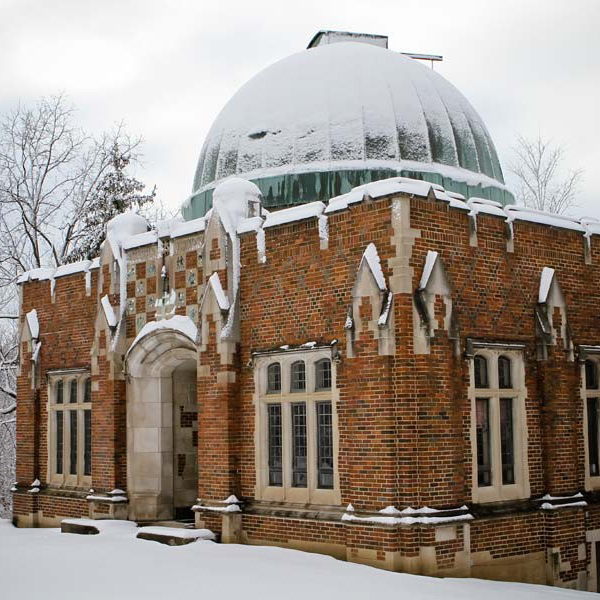
Image Credit: Wittenberg University
Telescopes
A 14” telescope is located in the Student Observatory.
Visiting
Public Nights are scheduled every month in the summer and allow visitors to use the 14” telescope. See the events calendar by following the link above for a list of upcoming star parties and talks.
Mount Laguna Observatory
Operated by the SDSU Department of Astronomy, the Mount Laguna Observatory (MLO) is located 45 miles east of downtown San Diego. It sits at an altitude of 6100 feet and benefits from the smooth laminar air flow coming from the Pacific Ocean.
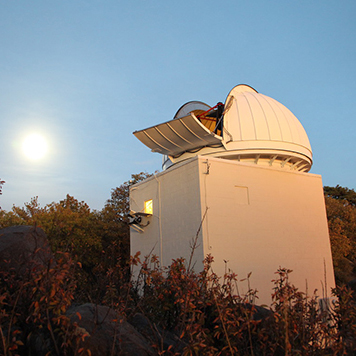
Image Credit: Jeneene Chatowsky
Telescopes
The MLO houses a 50” (1.25m) Phillips Claud reflector, a 40” (1m) reflector, the Clifford Smith 24” (0.6m) reflector, and the Reginald Buller 21” (0.5m) visitor’s telescope.
Visiting
The observatory’s website offers a virtual tour to online visitors. There is also a Summer Visitor’s Program - to get the latest information and dates, call 619-594-1415.
Mount Wilson Observatory
The Mount Wilson Observatory is located in the mountains above Los Angeles, California and sits at 5715 feet.
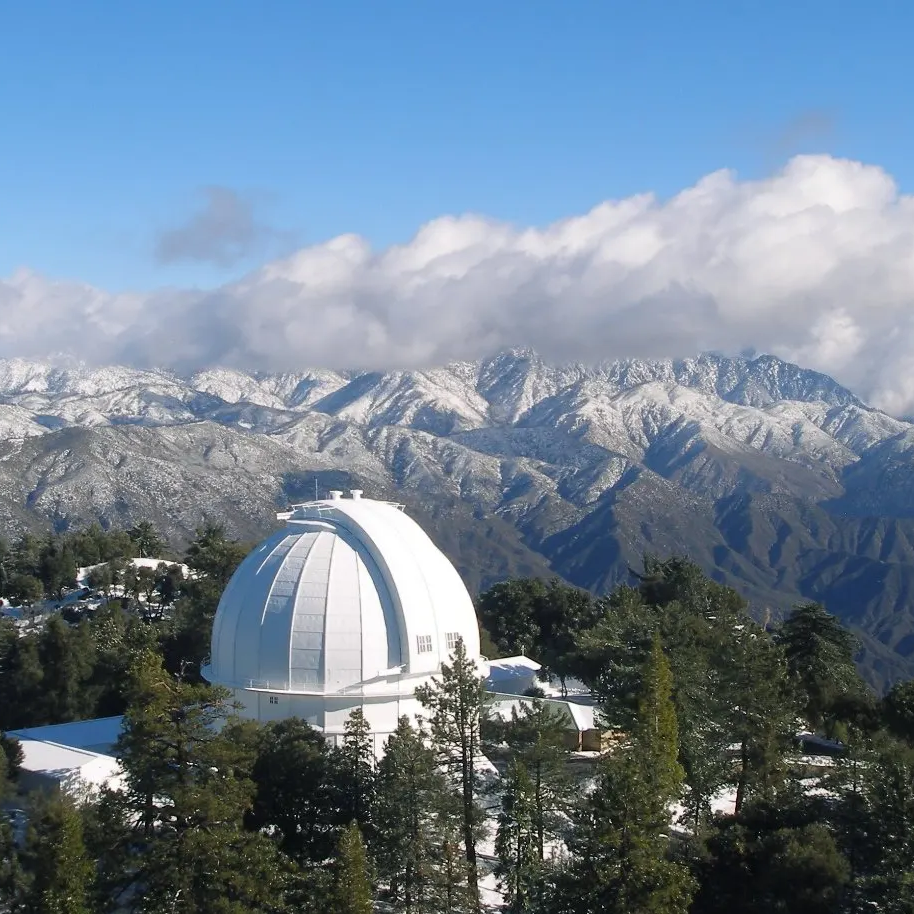
Image Credit: Mount Wilson Observatory
Telescopes
Visitors have access to the historic Hooker 100” telescope, a 60” telescope, and a 150-foot solar telescope tower.
Visiting
This observatory offers Weekend Guided Tours and Private Tours by appointment, as well as Telescope Sessions. The Weekend Guided Tours and Telescope Sessions are closed for a portion the end of the year, but private tours can be requested all year. The museum and grounds are open for visiting from 10 am to 5 pm on weekdays, and open 8:30am-5pm on Saturday and Sunday. Please note that the closing hour changes from 5 pm to 4 pm during the winter season..
N. A. Richardson Observatory
In 1930, amateur astronomer Noble Asa Richardson saw his wish to have an Observatory at San Bernardino Valley College come to light. In the fall of 1932, just over a year after Noble Asa Richardson passed away, the building was christened the N.A. Richardson Observatory. The Observatory has opened and closed several times since it ’s christening, once because the telescope was vandalized in the 1950s. It last re-opened in 2005, and since 2012, the first floor of the observatory has been used as a science museum.
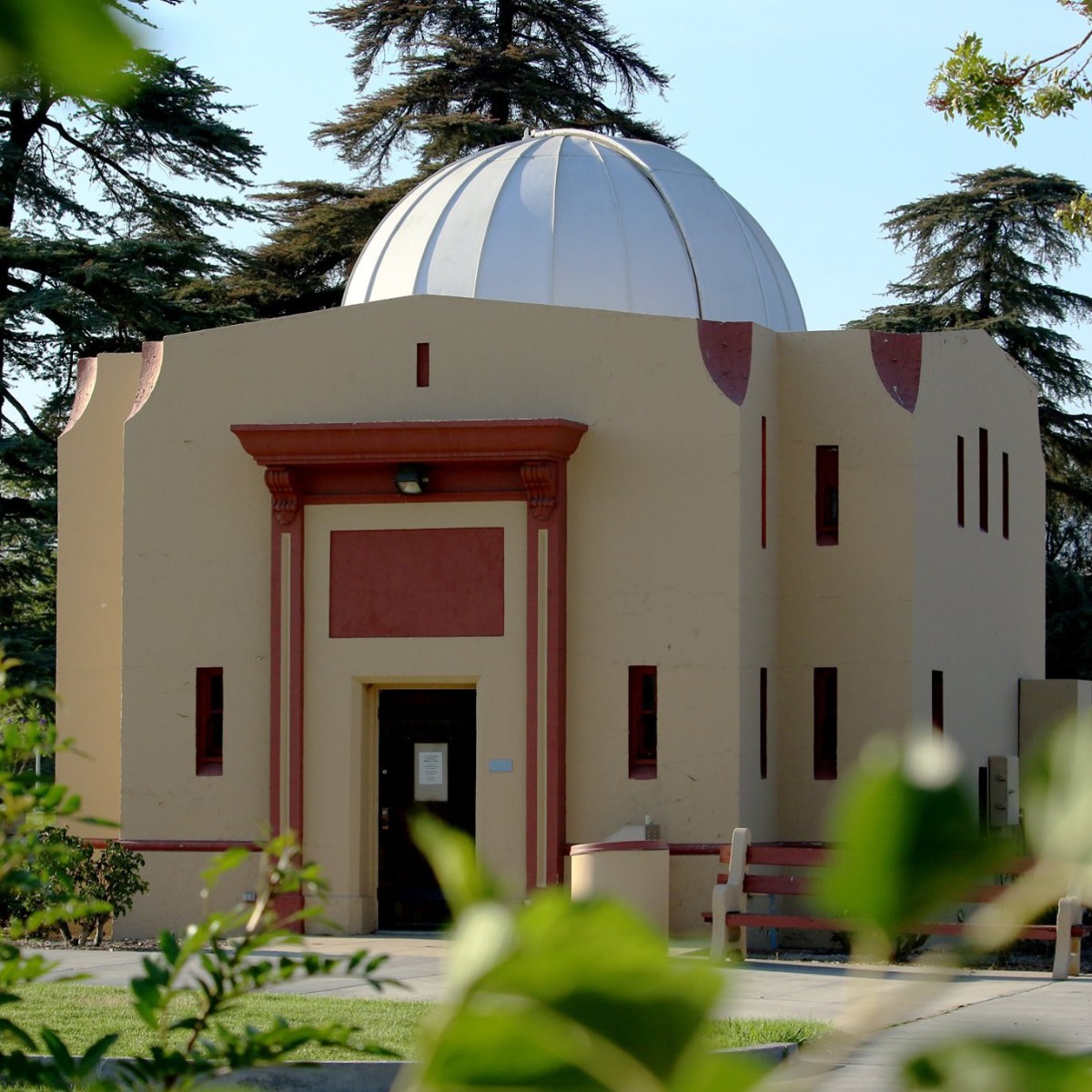
Image Credit: San Bernardino Valley College Foundation & Alumni
Telescopes
The featured 16” Newtonian telescope (redesigned into a Newtonian-Cassegrain on a split-ring horseshoe mount) has been moved several times while the observatory opened and closed. It currently sits in the observatory along with other vintage scientific equipment in the first- floor science museum.
Visiting
The San Bernardino Valley College planetarium specialist, Chris Clarke, is available to take visitors to the Observatory to see the telescope and the science museum. He can be contacted by accessing the SBVC Planetarium.
Orange County Astronomers Observatory
The Orange County Astronomers built the observatory in 1981 through 1982. It is located just north of Ten Pad Alley on a plot of land called “Observatory Hill.
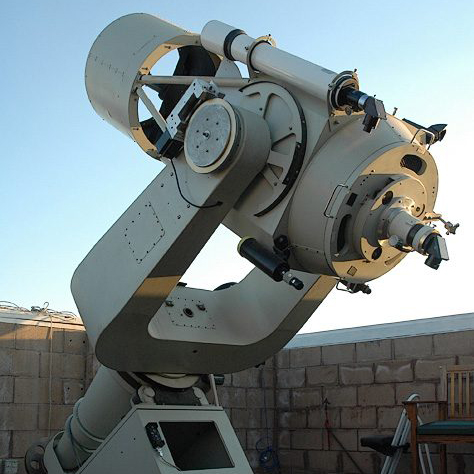
Image Credit: Orange County Astronomers
Telescopes
The observatory has a 22” Kuhn telescope and a 14” Celestron Schmidt-Cassegrain telescope owned by the current OCA president.
Visiting
The Orange County Astronomers Observatory, and specifically the Kuhn Telescope, receive visitors often, although please follow the link to make arrangements ahead of time. There is a mini observatory virtual tour for those who cannot make it to the facility.
Owens Valley Radio Observatory
Located near Bishop, California, the Owens Valley Radio Observatory (OVRO) is one of the largest radio observatories operated by a university. It is operated by the California Institute of Technology’s Astronomy Department.
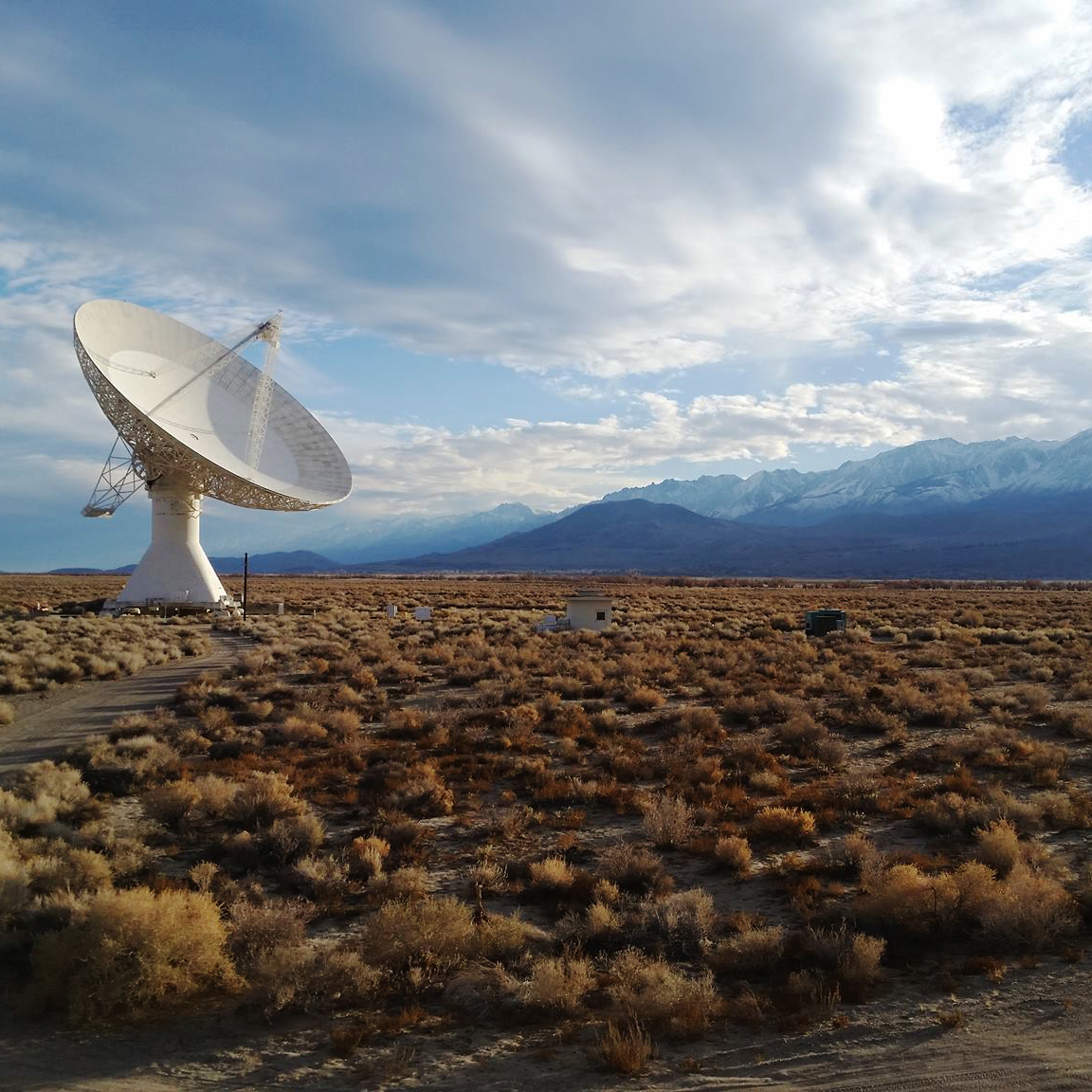
Image Credit: Salvor Hardin
Telescopes
The Owens Valley Radio Observatory has a 40m Telescope, a C-Band All-Sky Survey (C-BASS), a CO Mapping Array Pathfinder (COMAP), a Deep Synoptic Array (DSA), and a Long Wavelength Array (LWA).
Visiting
OVRO monthly tours are available and an annual lecture series in Bishop, California. The monthly tours are held the first Monday of every month (with the exception of holidays). All tours start at 1 pm and last about an hour. They do not require reservations and admission is free.
The public lecture series happens once a year in the fall. They take place on the Cerro Coso Community College campus. There is also no admission fee for this event. OVRO just asks that you come with an inquisitive mind!
Palomar Observatory
Located in San Diego County, California, Palomar Observatory sits on top of Palomar Mountain and is owned and operated by Caltech. Started almost one hundred years ago, George Ellery Hale, the man behind the observatory, secured a grant of $6 million from the Rockefeller Foundation. This grant, given in 1928 just before the Great Depression, was given for the creation of a 200” reflecting telescope. The telescope was dedicated in 1948, ten years after Hale’s passing, and for decades had the distinction of being the world’s largest effective telescope.
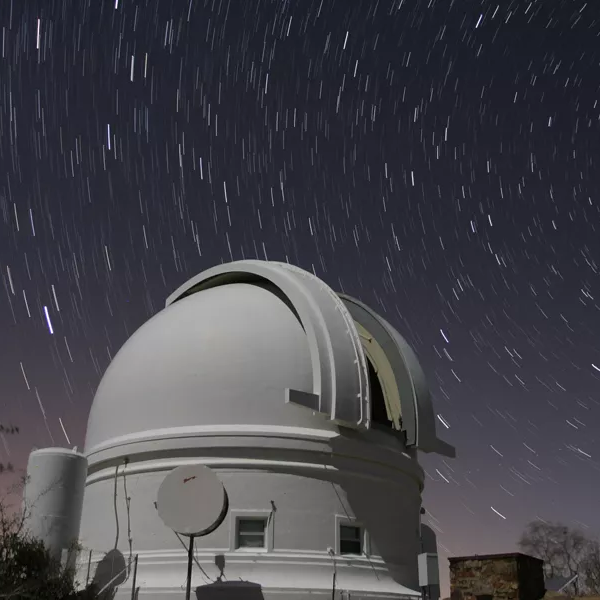
Image Credit: Caltech.edu
Telescopes
The Palomar Observatory is home to the 200” (5.1m) Hale Telescope, the 48” (1.2m) Samuel Oschin Telescope, and the 60” (1.5m) telescope.
Visiting
The Observatory is open from 9 am to 3 pm, and may be closed to the public due to severe weather and/or dangerous conditions. The A.W. Greenway Jr. Visitor Center and the Visitors Gallery inside the 200” Hale Telescope dome are the public parts of the observatory.
Guided tours of the 200” Hale Telescope are available on the weekends during the spring through the fall. They last roughly an hour and tickets are sold exclusively on the day of the tour on a “first come, first served basis.” The tours start at 11 am and 1:30 pm on Saturdays and Sundays. A virtual tour of the observatory is available.
Rancho Mirage Observatory
The Rancho Mirage Observatory is part of the Rancho Mirage Library campus and acts as a tool for people of all ages to explore the night sky and also offers programming opportunities in astronomy. Rather than a research observatory, the Rancho Mirage Observatory is dedicated solely to the public.
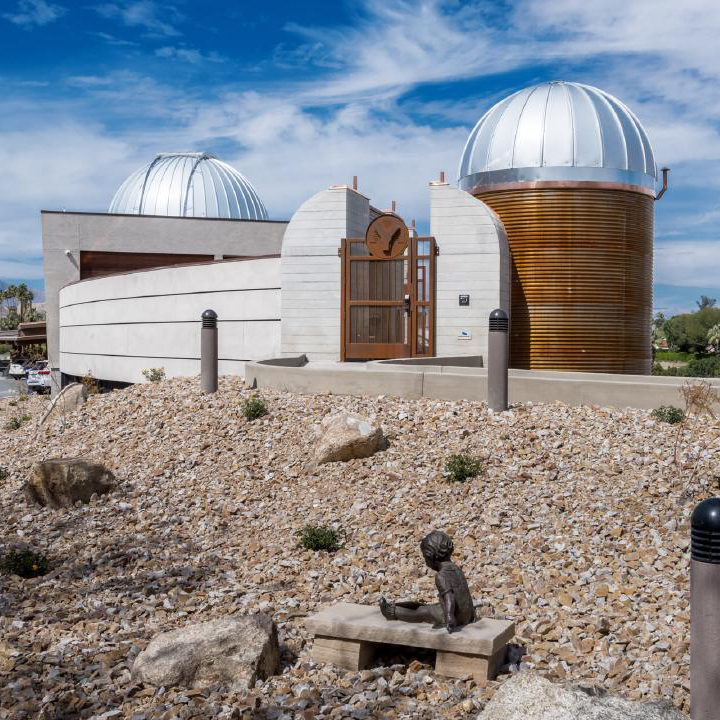
Image Credit: Ash-Dome
Visiting
Tours are conducted Tuesday through Saturday at 9 am and 3 pm. Programming is scheduled on a quarterly basis, so checking the Observatory’s Program Guide (link: https://www.ranchomiragelibrary.org/events.html) is a must to help visitors stay up to date on upcoming events. The observatory also has stargazing/star parties for the public.
Robert Brownlee Observatory
The Robert Brownlee Observatory is intended for professional scientific application. Run by Mountain Skies Astronomical Society (MSAS), the 22- foot fiberglass dome is located at Lake Arrowhead in California.
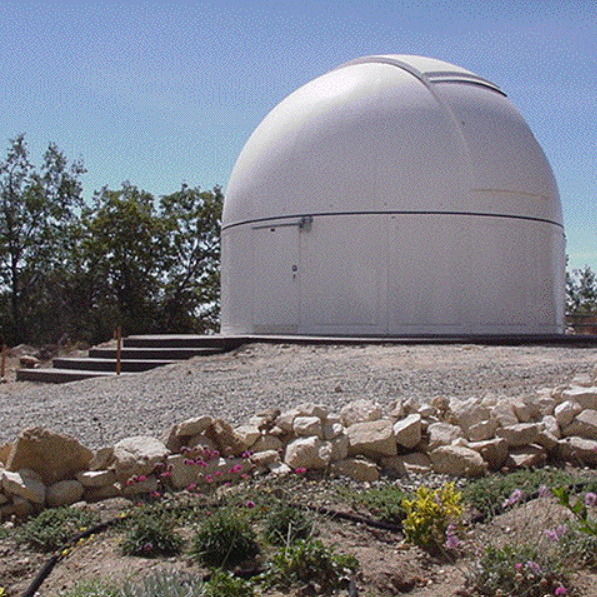
Image Credit: Robert Brownlee Observatory
Telescopes
The telescope that lives in the Robert Brownlee Observatory is a 16” f/10 Schmidt-Cassegrain. It works with a GoTo system and has a library of 200 million objects. Mounted on top is a 4” refractor with white light and hydrogen alpha filter for solar viewing.
Visiting
Known as SkyQuests, MSAS hosts public programs in the spring, summer, and fall. They also offer private programs to companies, civic organizations, and groups of 50 or more. Educational Programs are offered for schools and other educational organizations.
Robert Ferguson Observatory
This observatory is named after amateur astronomer, Robert Ferguson. Ferguson started the Striking Sparks program, which gave telescopes to Sonoma County school children each year. The Valley of the Moon Observatory Association was founded in 1955 and began planning the construction of the Robert Ferguson Observatory (RFO). It is located in Kenwood, California.
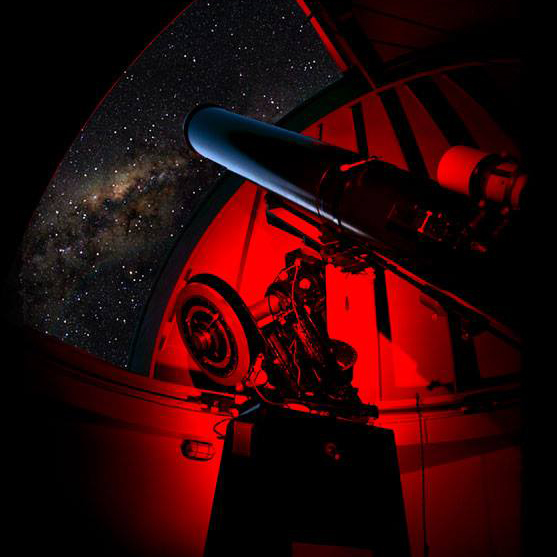
Image Credit: Robert Ferguson Observatory
Telescopes
2m long refractor with an 8” front lens, West Wing houses a 40” reflecting telescope, and mounted on the side is an 8” reflecting spotting scope.
Visiting
The RFO is open to the public at least once a month for Star Parties and is normally open near the time of the New Moon. Presentations on various astronomical topics are given throughout the evening. Once it gets dark, the RFO’s three main telescopes are open to the public. Docents are also available to those who have questions. In addition to Star Parties, the observatory offers Daytime Solar Observing. The solar observing does not have an admission fee, through the Star Parties and Parking at the observatory do have admission fees. View the event schedule for more information.
SFSU Observatory
The San Francisco State University (SFSU) Observatory is a student-run observatory open to students, staff, and the public. The observatory is located in San Francisco, California.
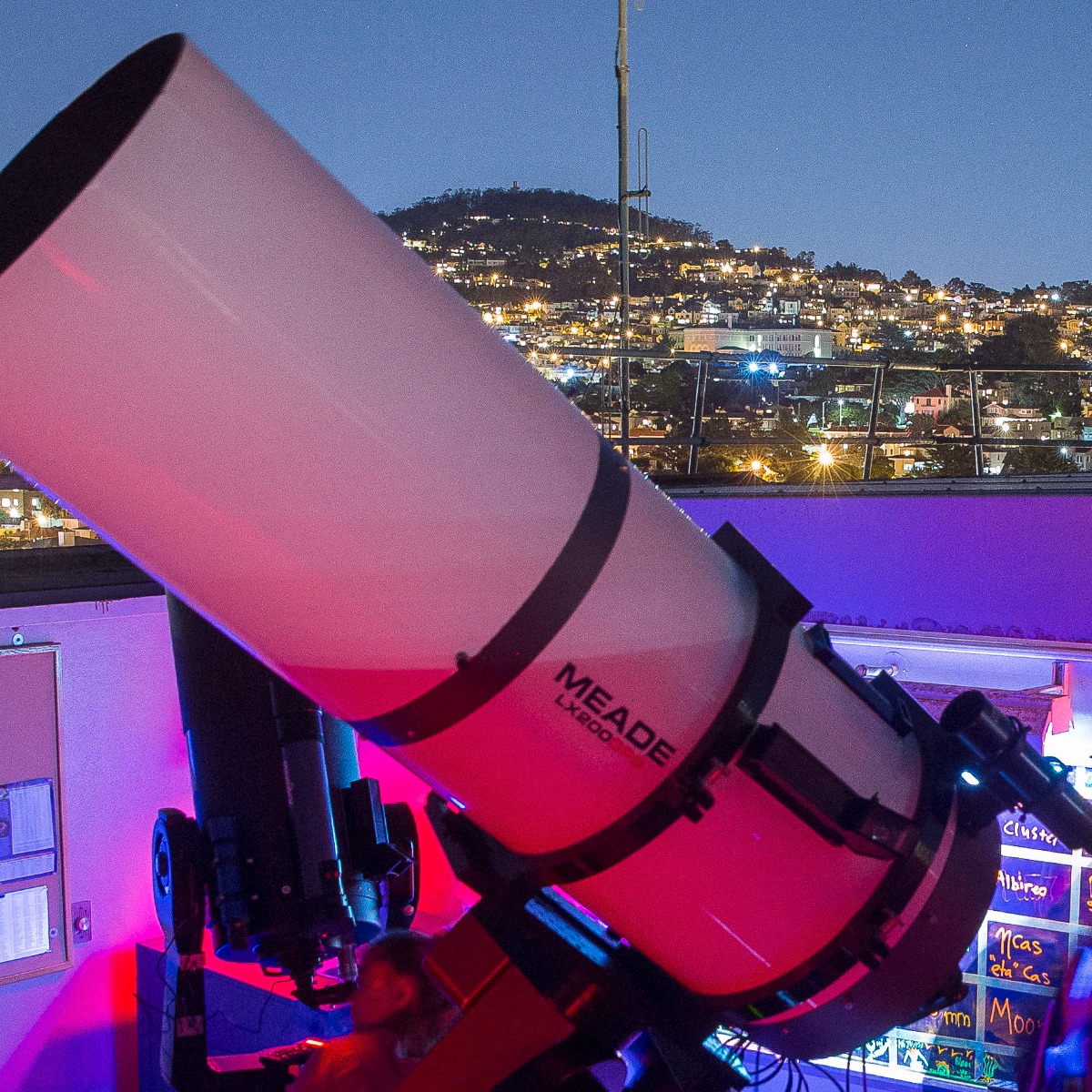
Image Credit: San Francisco University
Telescopes
There are several telescopes at the SFSU Observatory including a Meade 16” LX-200 Schmidt-Cassegrain, a Meade 12” LX-600 Schmidt-Cassegrain, a Epoch Instruments 10” Newtonian, an Orion SkyQuest XT10i Intelliscope 10” Newtonian, an Orion SkyQuest XT8i Intelliscope 8” Newtonian, a Meade ETX125 5” Maksutov-Cassegrain, a Meade ETX125 5” Maksutov-Cassegrain with a Solar Filter, and more.
Visiting
The SFSU Observatory is open to members of the public two or three nights a week during the university school year. Though the views depend on the weather and the time of year, visitors will be able to use the telescopes to see different phases of the Moon, the position of the planets, the colorful double star Albireo, the Hercules star cluster, the Andromeda galaxy, the Pleiades star cluster, the Orion Nebula star-forming region, the Crab supernova remnant, as many as four of Jupiter’s moons when it is up, and Saturn’s icy rings and its moon, Titan. Learn more information about visiting the SFSU Observatory.
SSU Observatory
The Sonoma State University (SSU) Observatory is located in Rohnert Park, California. The SSU Observatory was closed for many years, but re-opened in 2017 and is now officially open to the public.
Visiting
The SSU Observatory often holds Public Nights on various Friday’s throughout the year. The SSU Observatory schedule often changes, so to find the up-to-date schedule.
Taylor Observatory
A program of the Lake County Office of Education in Kelseyville, California, the Taylor Observatory was the dream of a man named Robert Taylor, a former principal of the high school in Kingsburg, California. After moving to Lake County in the 1970s, he opened the observatory to the public in 1980.
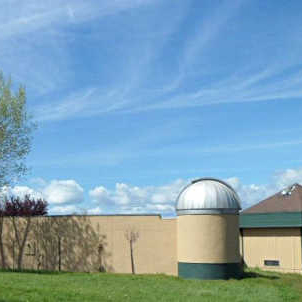
Image Credit: Lake County News
Telescopes
The telescopes that live in the Taylor Observatory are as follows: a Meade LX200 16” GPS Schmidt-Cassegrain, a Celestron NexStar 8iSE 8” Go To Schmidt-Cassegrain, a Coronado PST Solar Telescope, 2-6” Orion SkyQuest Dobsonian reflectors, and 2-3” Orion AstroView equatorial refractors.
Visiting
The observatory hosts Public Events on the fourth Saturday of every month from 8 pm till 11 pm. These events typically include the following activities: a classroom presentation on various topics of astronomy, a planetarium show, and a telescope viewing. During daytime events, the Coronado solar telescope will be included. Astronomy and Space Science Activities are available for those who wish to participate in these educational and fun activities. In order to participate in the Astronomy and Space Science activities, the Observatory Coordinator must be contacted prior to visiting the observatory.

Shop Telescopes and More
At High Point Scientific, we’re hobbyists just like you! That’s why we offer a wide variety of telescopes and accessories from some of the top manufacturers in the industry. Browse scientific telescopes, telescope mounts and more for your home telescope observatory. Have a question or need more information? Contact us today!
This Article was Last Updated on 07/24/2023

